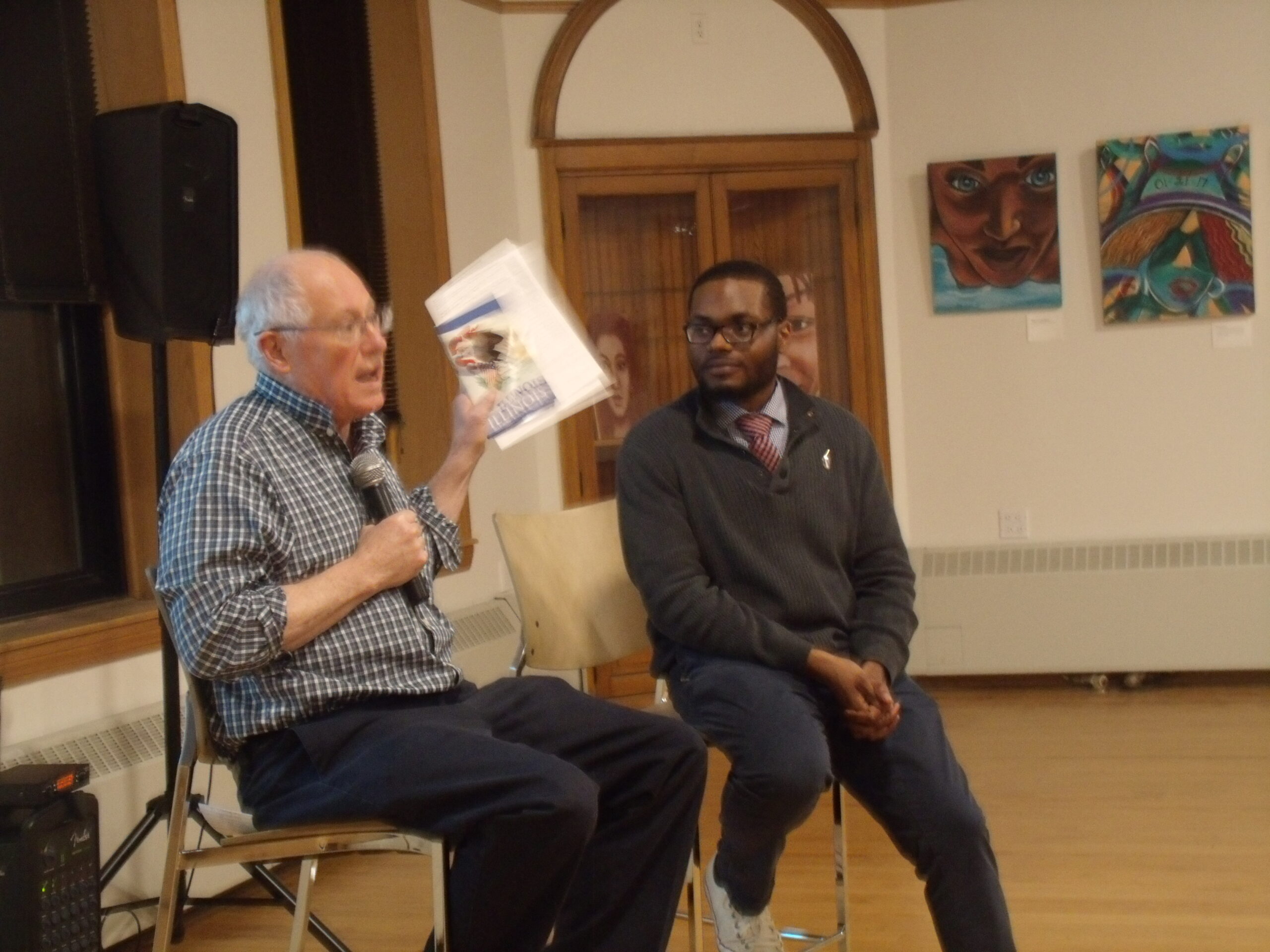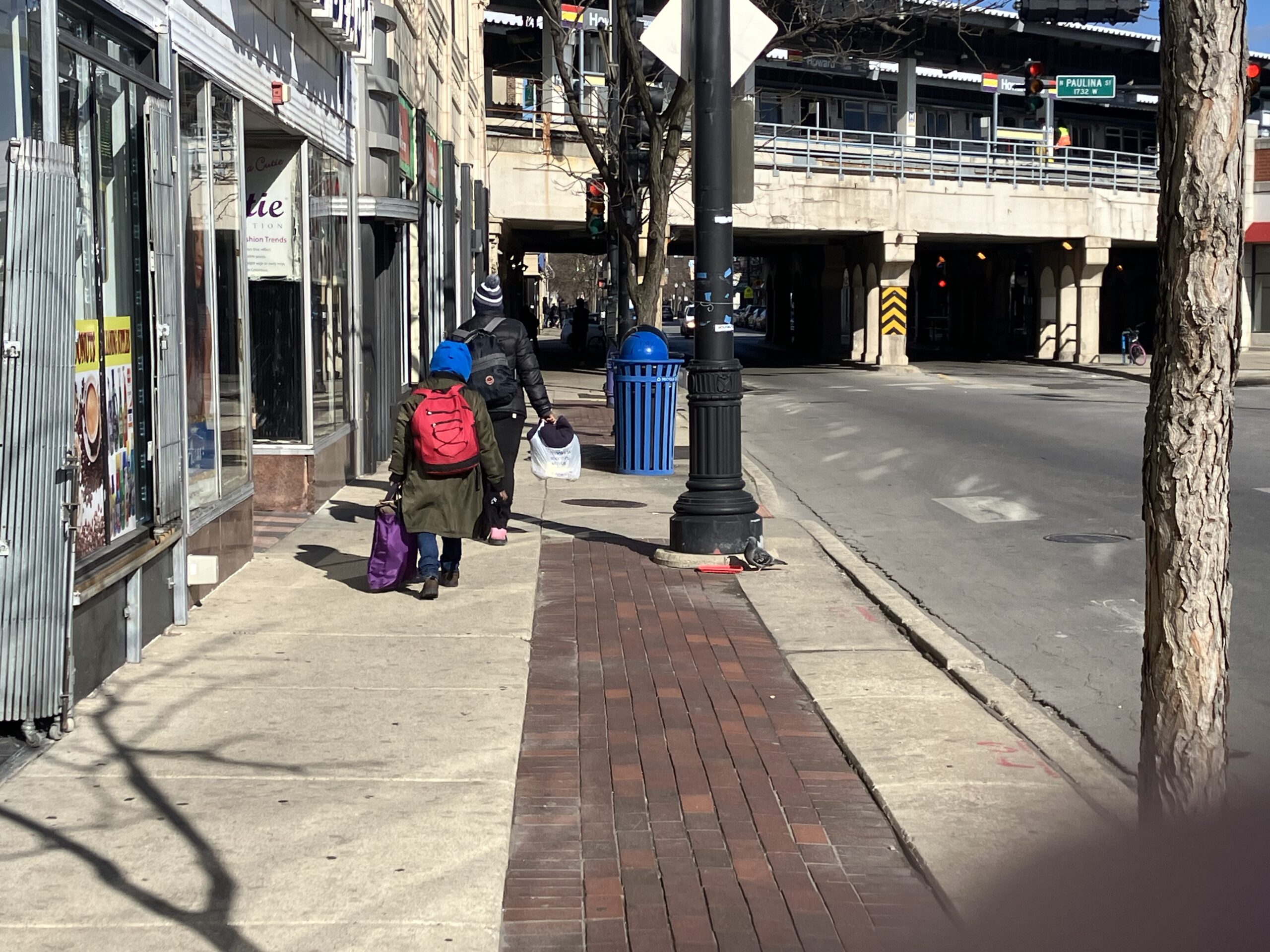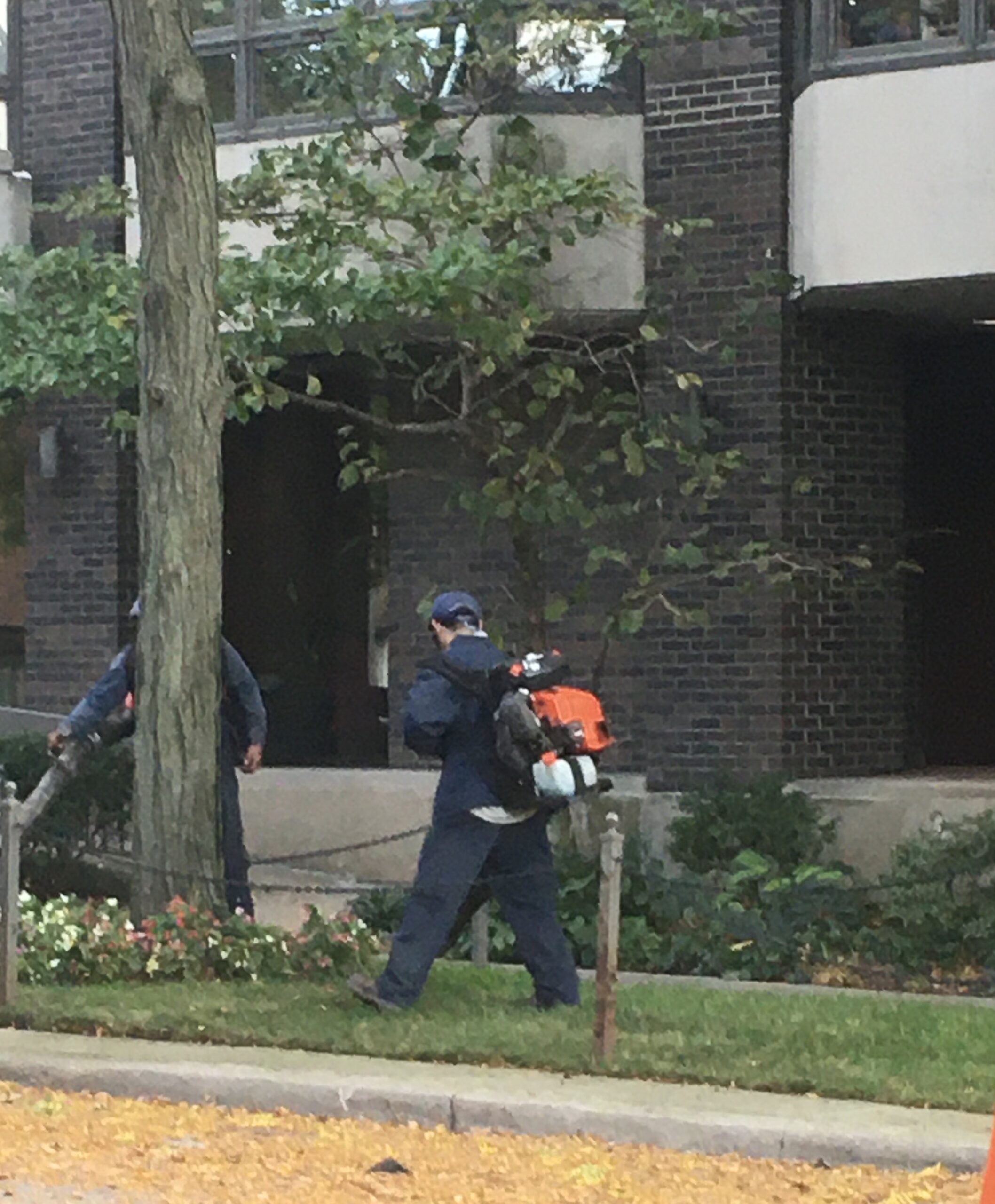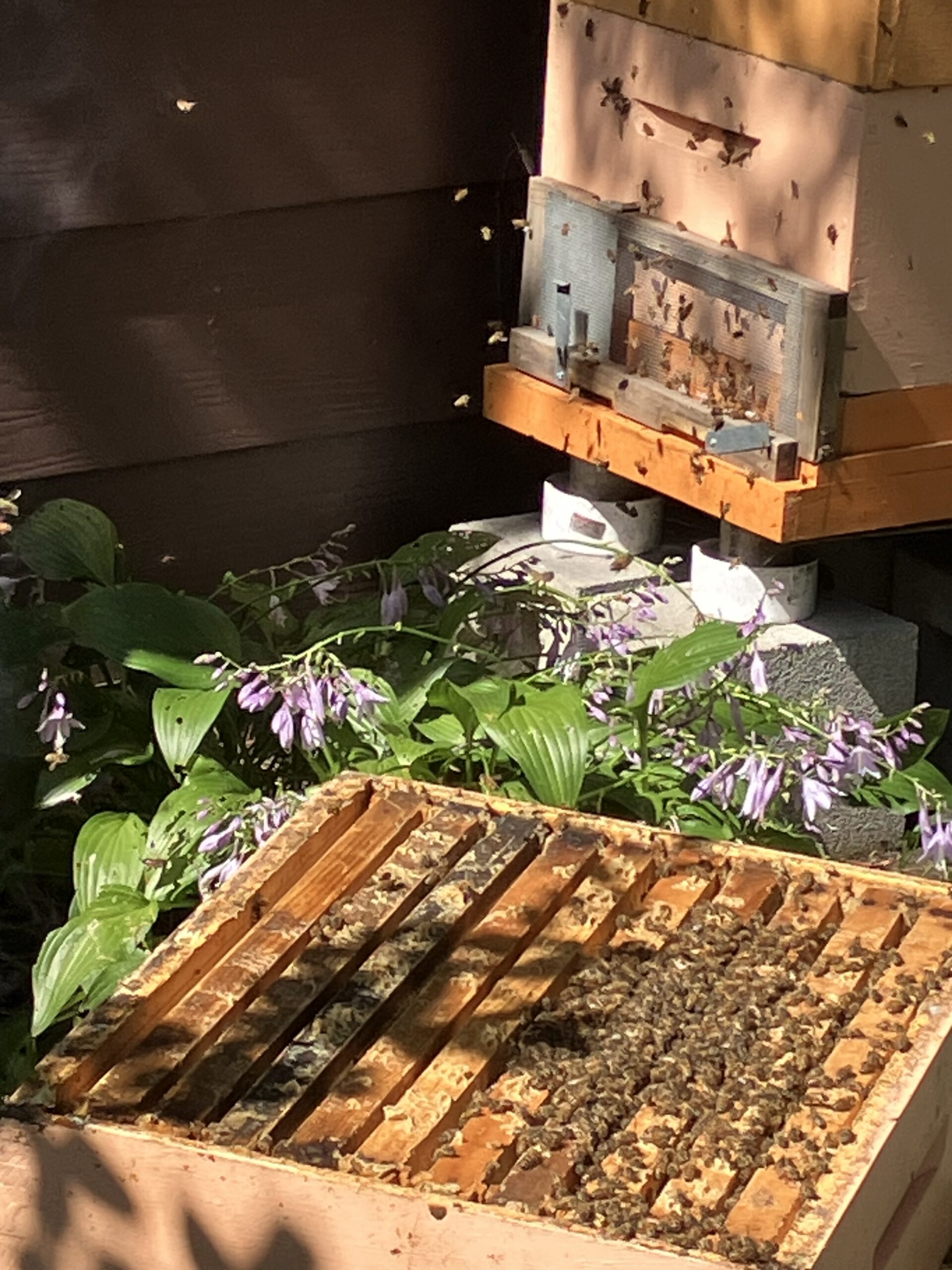By Bob Seidenberg
Jillian Gilburne is a student at Northwestern University, where one of her favorite classes is on civic engagement and public participation.
She took a short trip off campus on Wednesday night, joining about 25 other residents, a number of them veteran Evanston activists, at a real life application of those principals in the Parasol Room at the city’s Morton Civic Center.
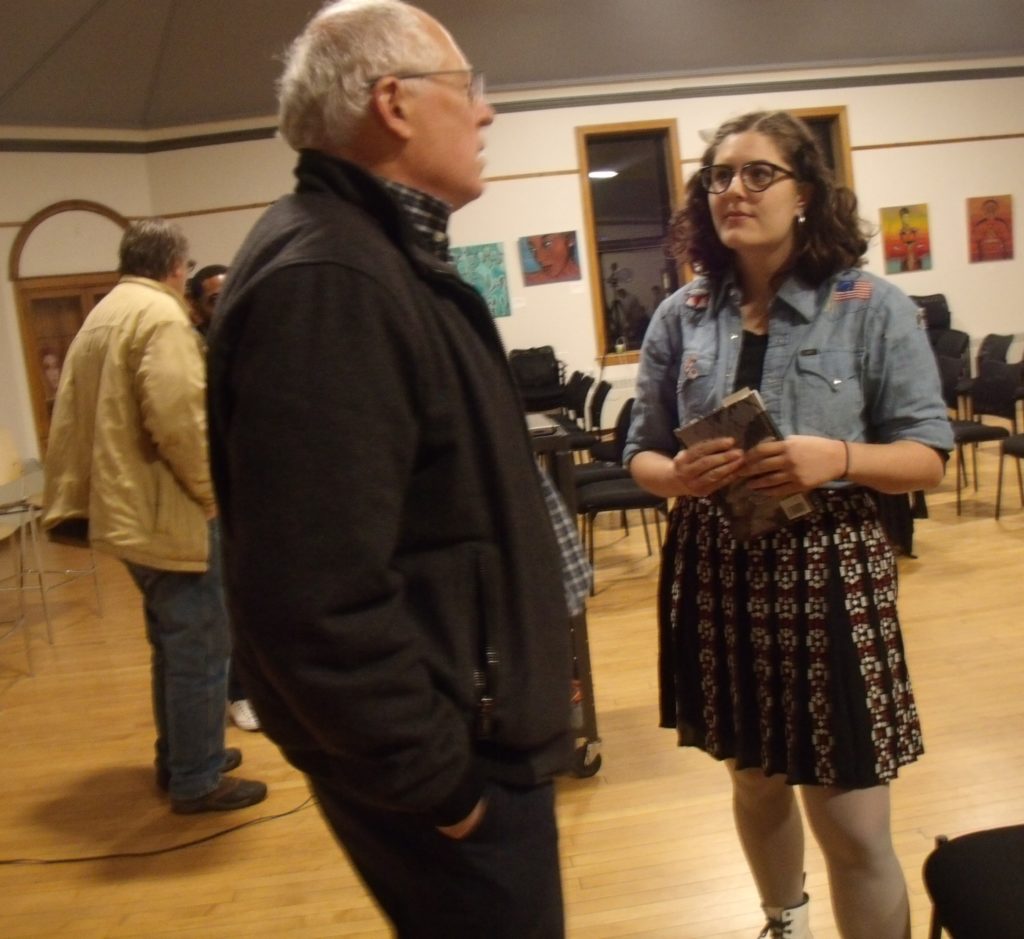
Former Illinois Governor Pat Quinn, at the invitation of Evanston City Clerk Devon Reid, spoke at the session, tantalizingly titled “Your Seat on the Council,” about how citizens could place legislation into law via a petition process that would eventually go to the City Council.
Under the voter initiative, citizens could seek to place a question on the ballot, as soon as the 2020 Illinois March primary election, asking voters: “Shall the people of the City of Evanston provide for a voter petition and referendum process for the consideration and passage of city ordinances as follows?”
The petition then goes on to explain the process which starts with a minimum of 25 citizens approaching the Clerk and informing him of an ordinance they would like to see go to aldermen.
At the meeting, several times referring to Evanston citizens effort to get an advisory referendum
on the Harley Clarke mansion on the ballot, Quinn said he’s a long
believer in the initiative and
referendum process.
In this case, “I guess what I’m talking about is giving people in Evanston the right by
petitions and referendums to enact binding
ordinances,” he said.
“They often call the people through initiative the Fourth Branch of Government,” said Quinn, a Northwestern University Law School graduate. “You have the courts, you’ve got the legislature, you’ve got the executive branch, but our country invented the idea of initiative. It was something that comes up from the people, everyday people, banding together , using the power of petition to put issues on the ballot that they get to vote on.”
For example, “the whole movement for a fifteen dollar minimum wage began as a voter initiative in the city of Seattle almost ten years ago,” he said. “The people of Seattle petitioned it, put it on the ballot and they passed it. And at the time people said fifteen dollar minimum wage…it just spread like wildfire across America. Sometimes the intiative process is where new ideas come up and they bubble up from the grassroots.”
To get the referendum on the ballot, citizens would first have to obtain a minimum of 2,800 signatures, roughly 8 percent of the votes cast in Evanston for candidates in the 2018 Gubernatorial election.
The timetable would be to have the request submitted by Dec. 16, for it to appear on the March 2020 ballot, explained Reid.
If the referendum passed, it would become law immediately and” folks could begin utilizing this initiative system,” explained Reid.
From there, with at least 25 citizens circulating a petition to request an ordinance to be drafted, the Clerk’s Office would cause the proposal to be drafted into ordinance form.
The Clerk would also create a summary of that ordinance, which citizens could use on a petition for another referendum, also requiring around 2,800 signatures, to get the proposal before the council.
Aldermen still have the options to not act on the ordinance, so long as they operate within a specified time frame. But they may risk “political payback,” where an ordinance had such strong citizen support, said Reid, in response to a question at the meeting.
So the process involves “a referendum to make this law, and then it creates a referendum system you could make any ordinance binding,” Reid explained. “Because right now residents have a very limited ope of things they can put on the ballot as binding referendum.”
During the nearly one and half hour session, many of the audience questions dealt with process. Gilburne was among them, citing her state of Arizona and citizen initiatives there.
From her class, her feeling is that it’s not enough to just say that the government is open. She said more is needed to ensure that practice “and I think petitioning is a really good way to do that.
Her teacher at Northwestern, Jerome Stermer, served as chief of staff under Quinn, “and always said amazing things about him. So the fact that it was him, with such clout in Illinois politics, advocating for something that is just so grassroots, I just think is incredible.”
Quinn has used the referendum process throughout his career as a populist issues, starting in his early days as the founder of the Coalition for Political Honesty, where he took on the utility companies. More recently, he has been pushing on placing a referendum on term limits in Chicago on the ballot.
Several times referring to Evanston citizens effort to get
an advisory referendum on the Harley Clarke mansion on the ballot, Quinn said
he’s a long believer in the initiative
and referendum process.
in this case, “I guess what I’m talking about is giving people in Evanston the right by
petitions and referendums to enact binding
ordinances. They often call the people through initiative the Fourth
Branch of Government. You have the courts, you’ve got the legislature, you’ve
got the executive branch, but our country invented the idea of initiative. It
was something that comes up from the people, every day people, banding together
using the power of petition to put
issues on the ballot that they get to vote on.”
In Seattle, for example, “the whole movement for a $15 minimum wage began as a voter initiative in the city of Seattle almost ten years ago. The people of Seattle petitioned it, put it on the ballot and they passed it. And at the time people said $15 minimum wage..it just spread like wildfire across America. Sometimes the intiative process is where new ideas come up and they bubble up from the grassroots.” During the nearly one and half hour session, many of the audience questions dealt with process. Gilburne was among them, citing her state of Arizona and citizen initiatives there.
From her class, her feeling is that it’s not enough to just say that the government is open. She said more is needed to ensure that practice “and I think petitioning is a really good way to do that.
Her teacher at Northwestern, Jerome Stermer, served as chief of staff under Quinn, “and always said amazing things about him. So the fact that it was him, with such clout in Illinois politics, advocating for something that is just so grassroots, I just think is incredible.”
